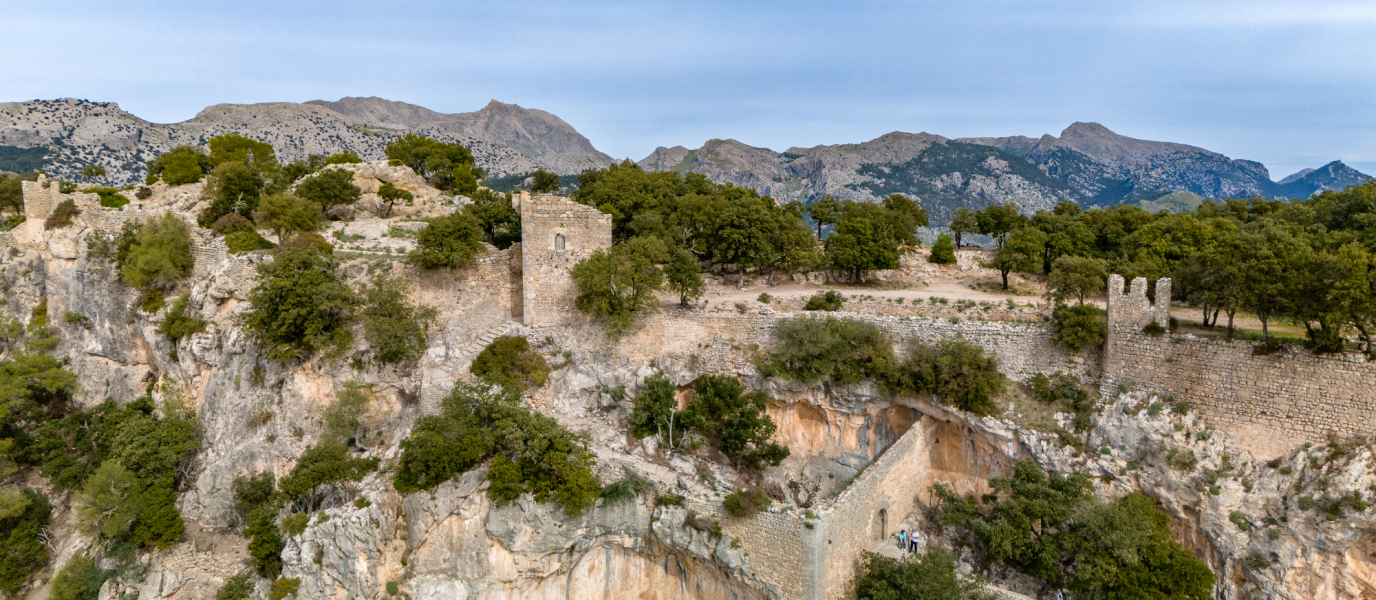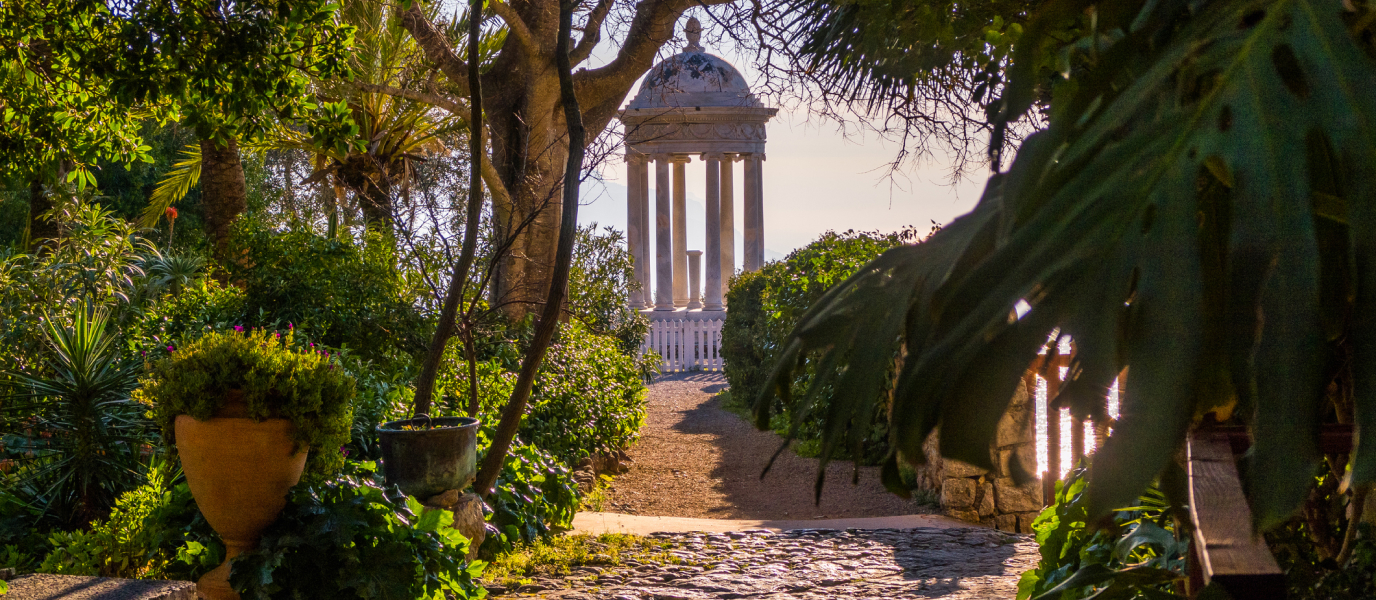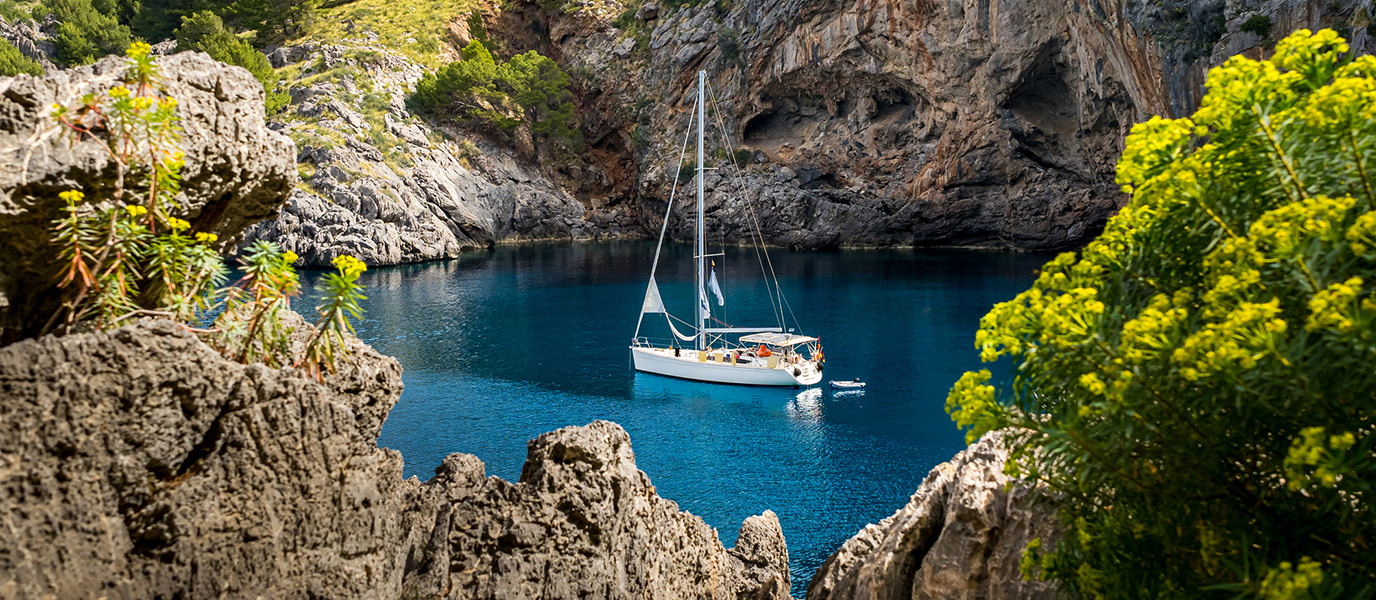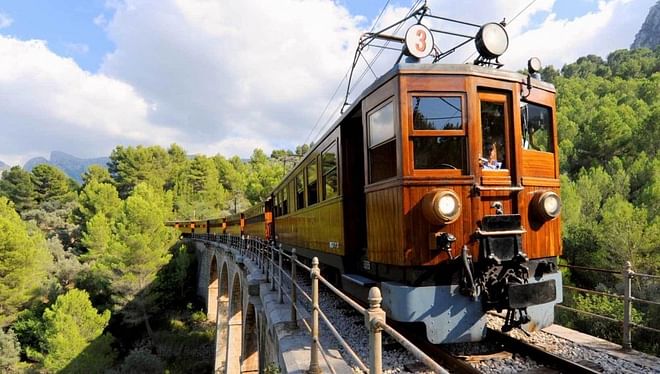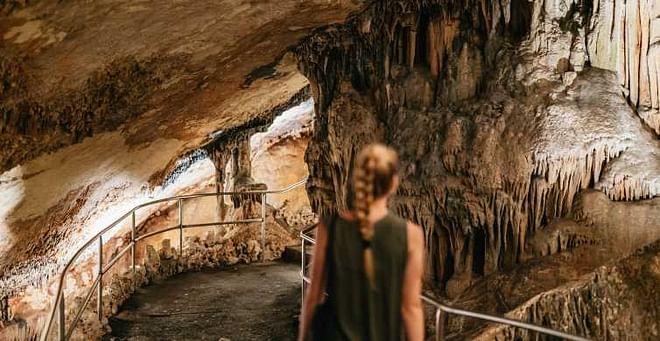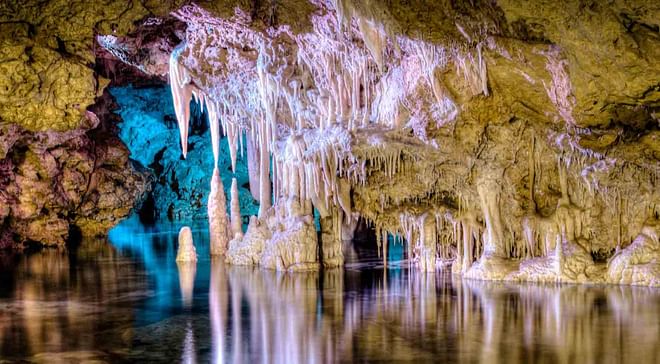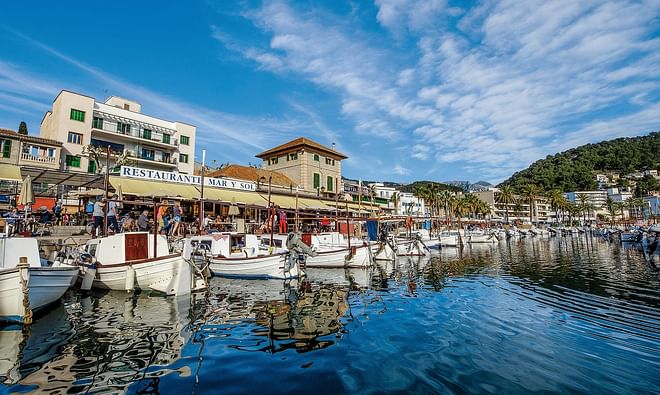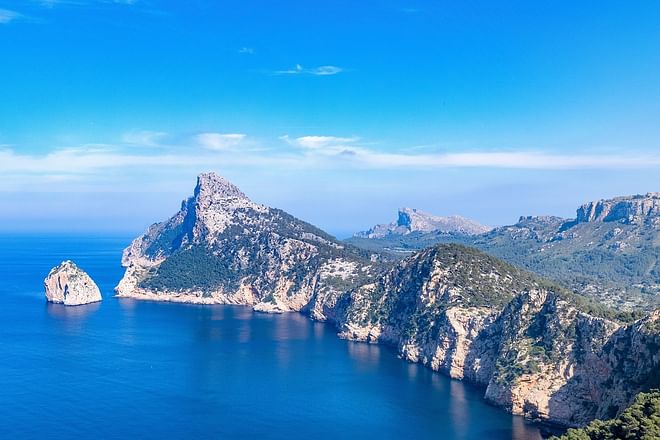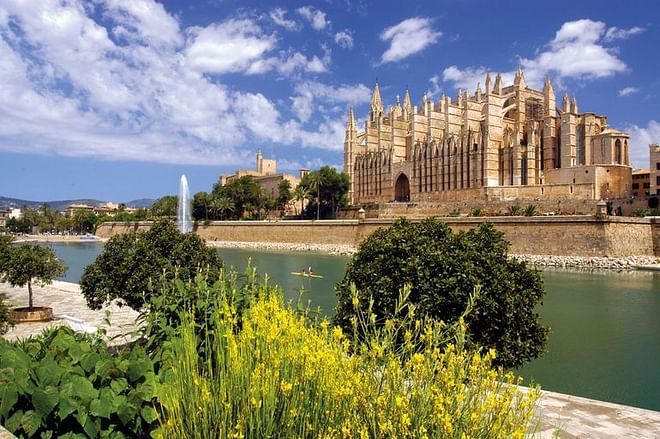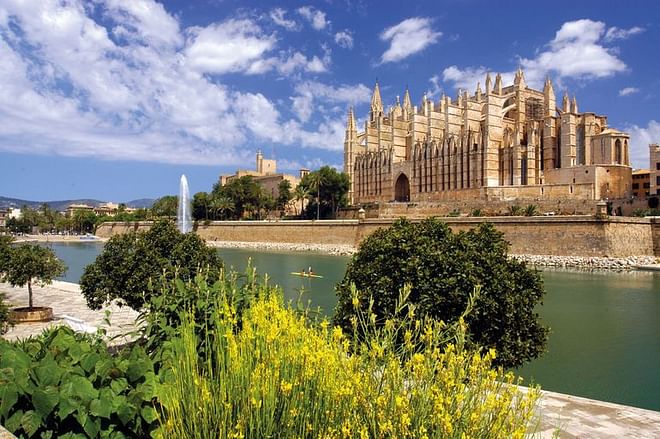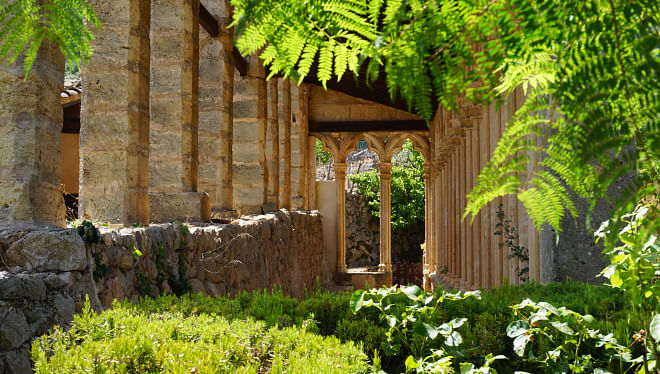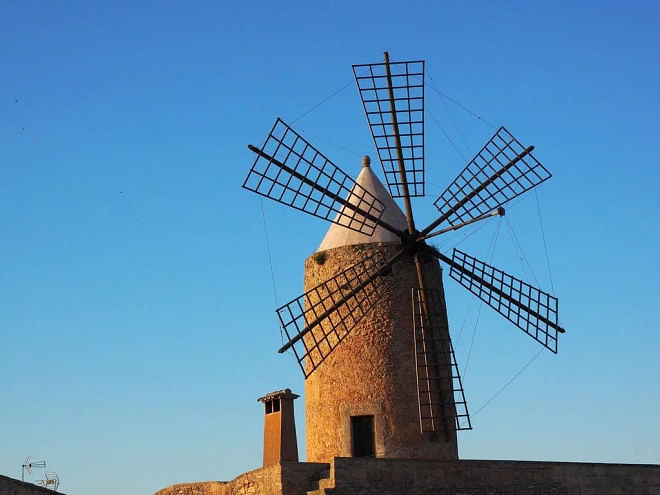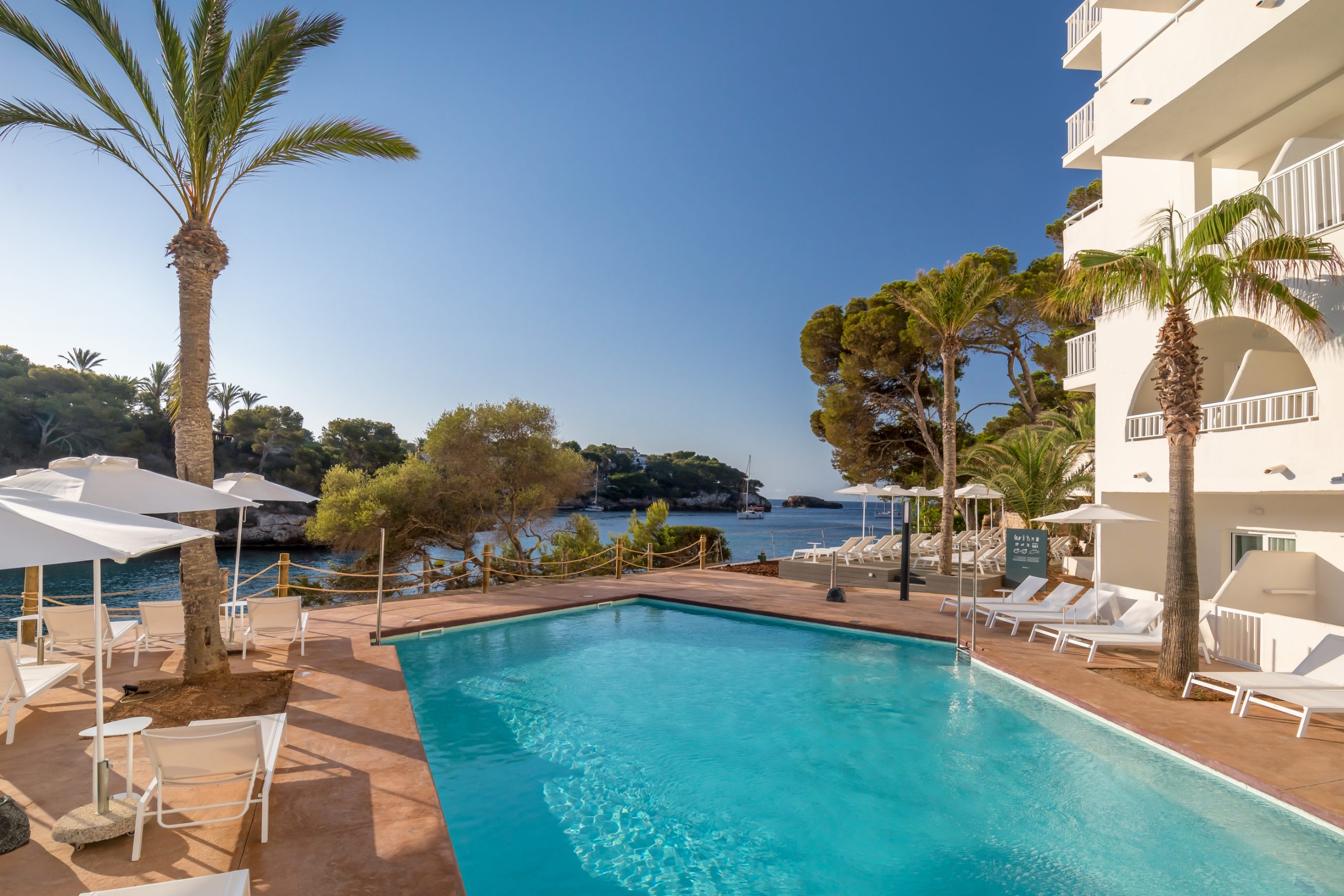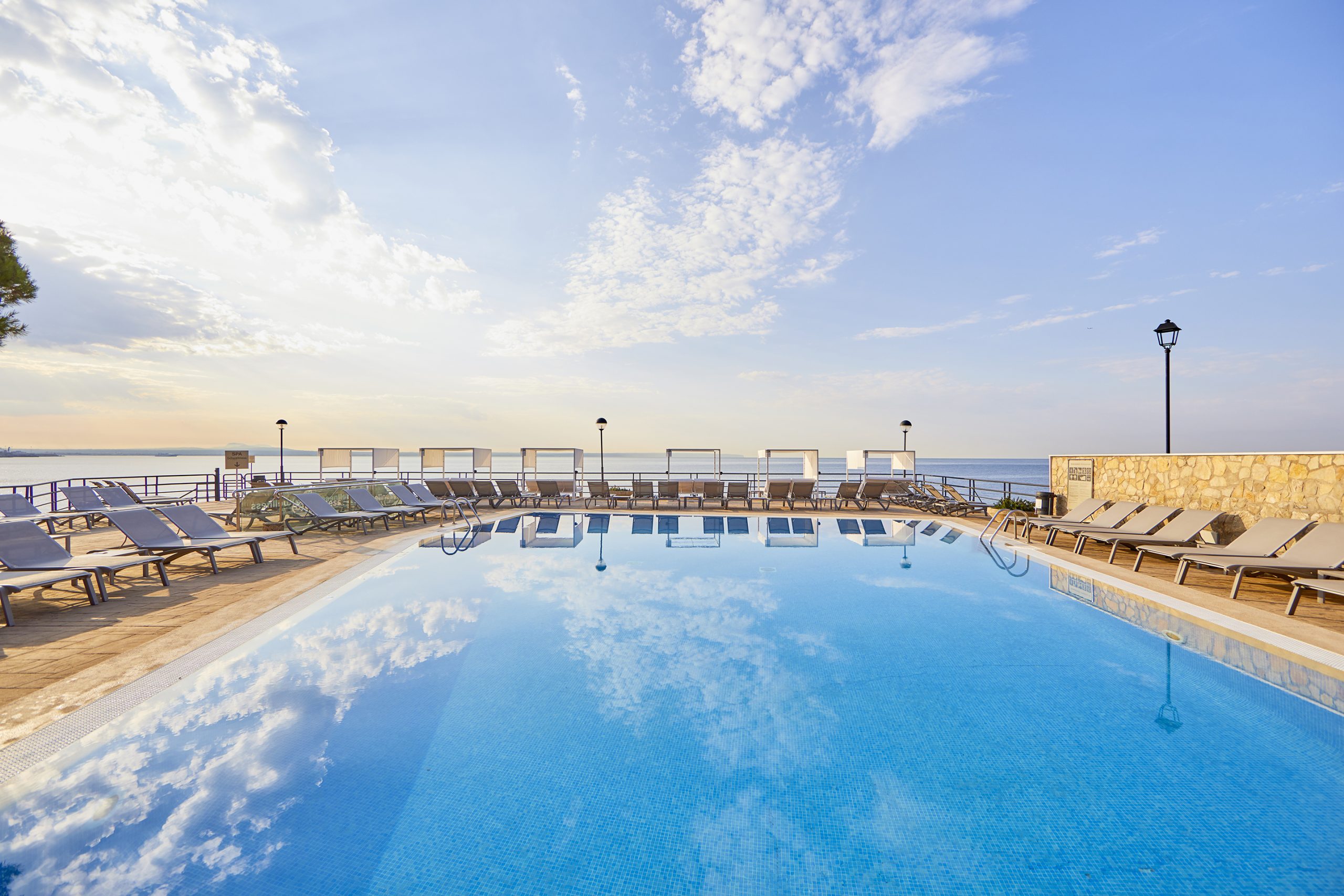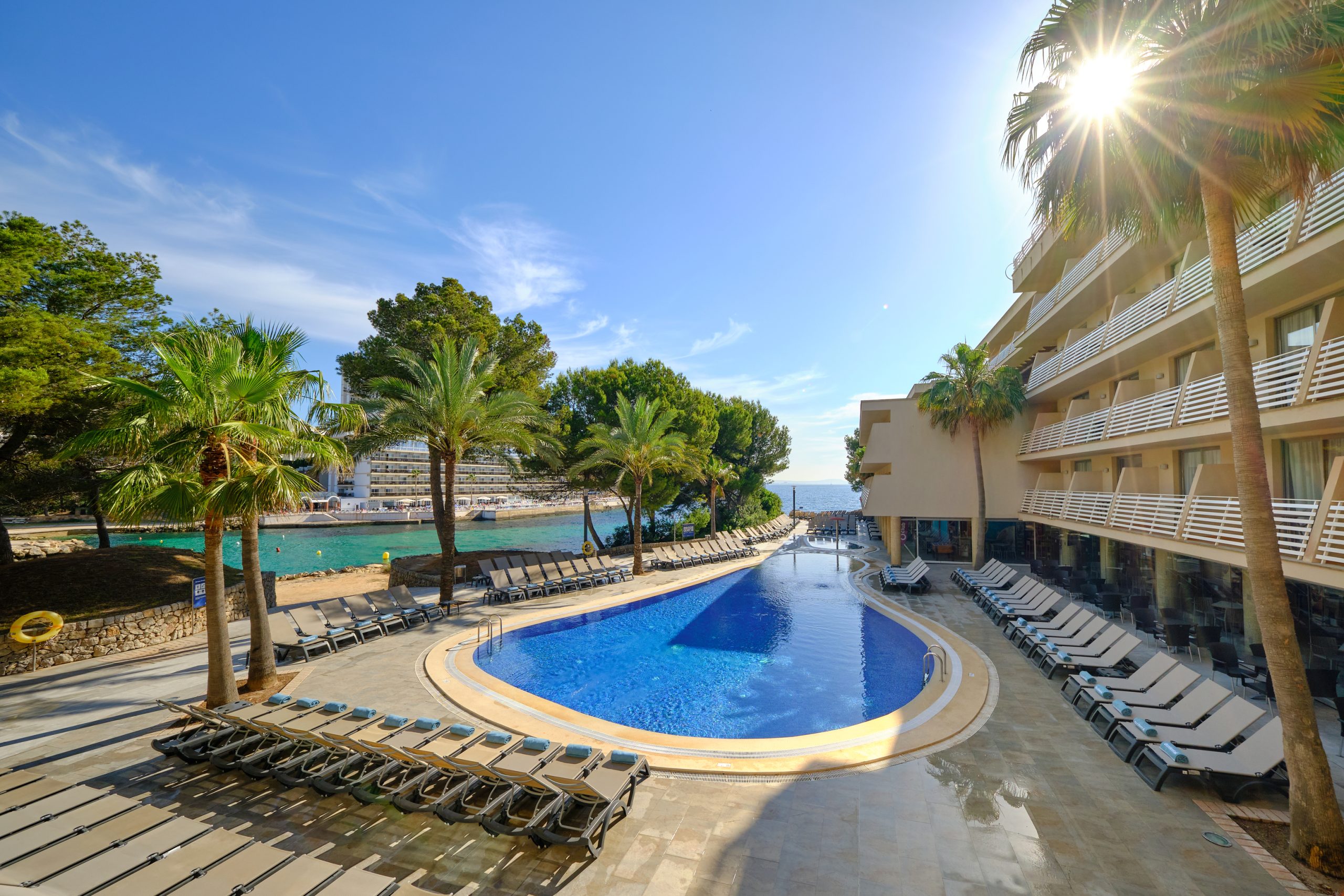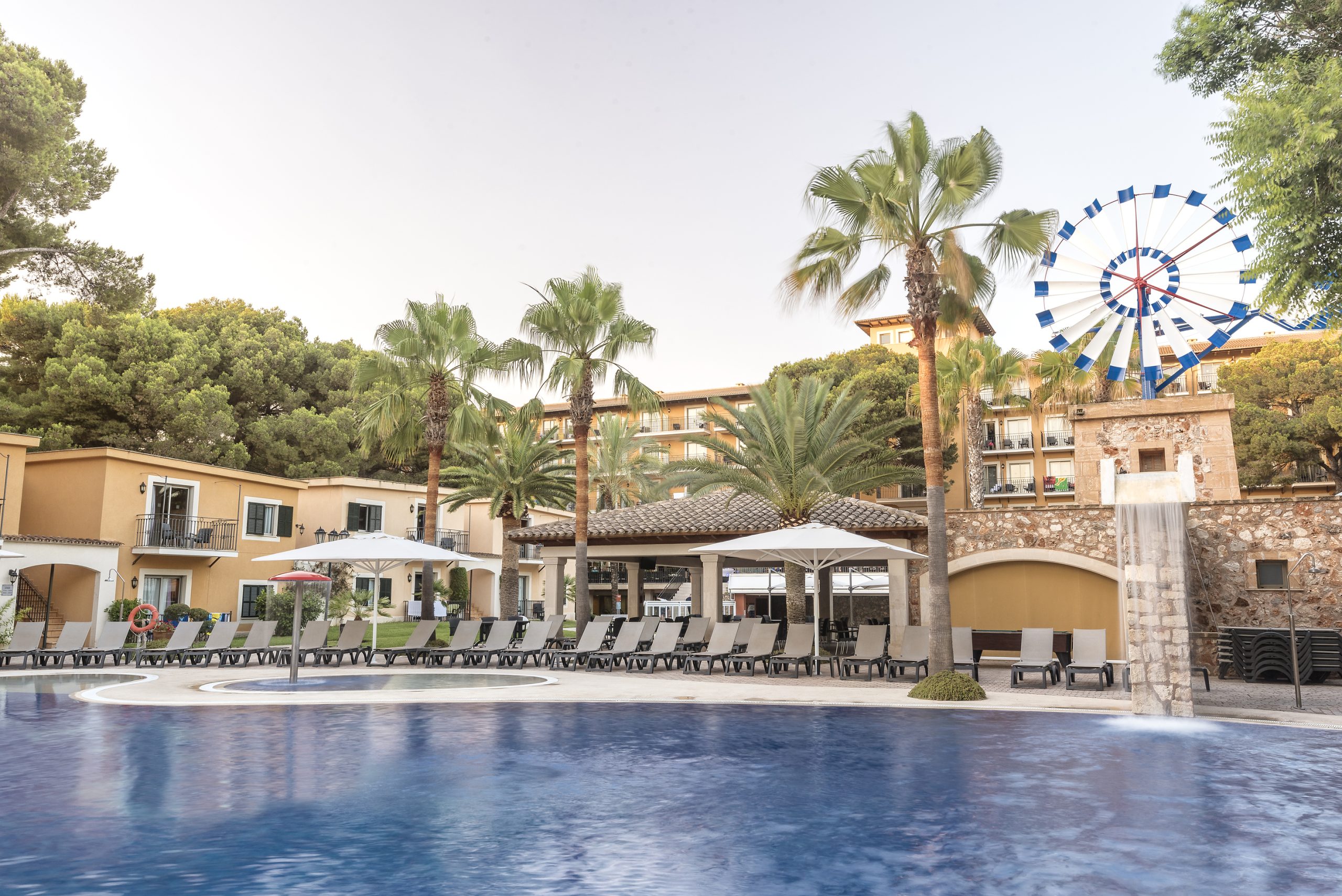Visible from a distance, Mount Alaró (Puig d’Alaró, in Catalan) seems to be just a large rocky mass that stands alone in the foothills of the Tramontana mountain range, to the north of Majorca. Although they are slightly camouflaged, you can make out the remains of Alaró castle at the top of the mountain, perched like an eagle in its nest at a height of 822 metres. Considered an impregnable fortress, Castell d’Alaró is one of the three remaining rock castles in Majorca together with Castell del Santueri in Felanitx and Castell del Rei in Pollença. These castles protected the island for centuries from attacks by pirates and raids by foreign powers. Their impregnability has been proven: in 902, during the Muslim invasion of Majorca, the Saracens spent eight years and six months attacking an insurmountable wall. That was the duration of the siege against the castle, in which the Majorcan Christians – called rum, descendants of Romans, Vandals and Byzantines – who resisted had to surrender. They had run out of food.
Eleven centuries of epic tales and legends
The history of Alaró castle, a Cultural Heritage Site since 1931, is so full of epic and incredible events that it could be the script of an episode of Game of Thrones, or the plot of a fantasy book such as The Lord of the Rings. Its first documentary references date to 1902, collected in an Arab chronicle that precisely narrates the heroic feat of the Christians who resisted in the Hisn Alarün (so-called by the Muslims) castle for eight years.
The next great feat that took place in the fortress was in 1231, when during the last stage of the Christian conquest of Majorca by James I of Aragon, who went down in history as The Conqueror, the last groups of the Islamic population took refuge in the island’s three rock castles. The tables had turned. According to Llibre dels feits, the chronicle of James I, it was when the king learned that the kingdom of Tunisia would not attempt to recover Majorca when he attacked the castle that was considered ‘the strongest in the kingdom’. According to the legend, the monarch rode with his troops up to the very door of the fortress bulwark. When the watchmen came down to try to capture him, he attacked them with such force that his horse left a round mark on one of the stones after rearing, which has since been known as the footprint of King James I’s horse. He killed so many enemies that the orange marks on the cliffs around the castle, which intensify at dusk, are now said to be the remains of the blood of the Saracens, who could do nothing.
But the story would take a new turn in 1286. The castle was once again besieged, but this time it was Christians against Christians. James II of Majorca, son of The Conqueror, had separated the Kingdom of Majorca from the Aragon Crown, so the Aragonese king Alfonso III – who was his nephew – launched the reconquest of the Balearic archipelago. According to the legend, the two captains of James II who protected the square, Guillem Cabrit and Guillem Bassa, refused to surrender as Alfonso III asked them to do. When the Aragonese king heard the names of those who dared to disobey him, he said angrily: ‘Cabrit, you say? Good hunting! Well, I swear I will roast them like the cabrits (kid in Catalan) they are.’ Apparently, the monarch would carry out his threat and when the fortress fell, he roasted the two captains in the Alaró town square, which today is called ‘the heroes’. Cabrit and Bassa would live on in the popular imaginary of the island as martyrs who, today, are represented in altarpieces and paintings of several churches in Majorca.
The excursion to Alaró castle, a Majorcan classic
The climb to Alaró Castle is one of the most classic excursions that you can go on in Majorca. Although you can do it on foot from the village – which takes about two hours each way – if you don’t want to walk so much you can go by car to the base of Puig d’Alaró, next to the prestigious Es Verger restaurant. From there, a beautiful cobbled and zigzagging path that is continuously rising will take you to a first door in the fortress bulwark (next to it is the footprint of James I’s horse), and then to a second entrance at the base of the Tower Keep, which was located in a central area in the old castle, as it was the residence of the Lord. The tower was given the nickname of ‘el Constipador’ (the giver of colds) as it has caused a few colds for those who arrive sweaty from the walk and take shelter in its cool shade.
Once within its walls, the remains of which date back to the 14th century, there are two other military buildings through which the surrounding area was guarded: the remains of the Migjorn defensive tower and the Prisons of the Moors or Torre de sa Cova, the latter owes its name to the fact that it stands over the Cova de Sant Antoni, a beautiful grotto inhabited by hermits in the 17th century. Perhaps the best thing about going up to the castle is the extraordinary views it offers, you can see everything from the bays of Palma and Alcudia to the Tramontana mountain range. Inside the fortress you will also see remains of constructions that remind you of the life that once took place there. These include several cisterns from the Muslim period, coal kilns and lime kilns, very common items in past centuries.
Although the castle maintained a military garrison until 1741, it was gradually used less as time passed until it took on a more religious function. Thanks to the Mare de Déu del Refugi oratory, built in 1622, the castle became a place of worship and pilgrimage for the faithful. The martyrs of Alaró, Cabrit and Bassa, are represented on the sides of the small chapel’s altarpiece, presided over by an image of the Virgin Mary. Their ribs are preserved in a reliquary.
On the way back down from the castle, it is almost tradition to have lunch at the famous Es Verger restaurant, a rustic family restaurant at the base of the castle where you can try local dishes such as frito mallorquín, Majorcan soups and the famous lamb shoulder.




































































